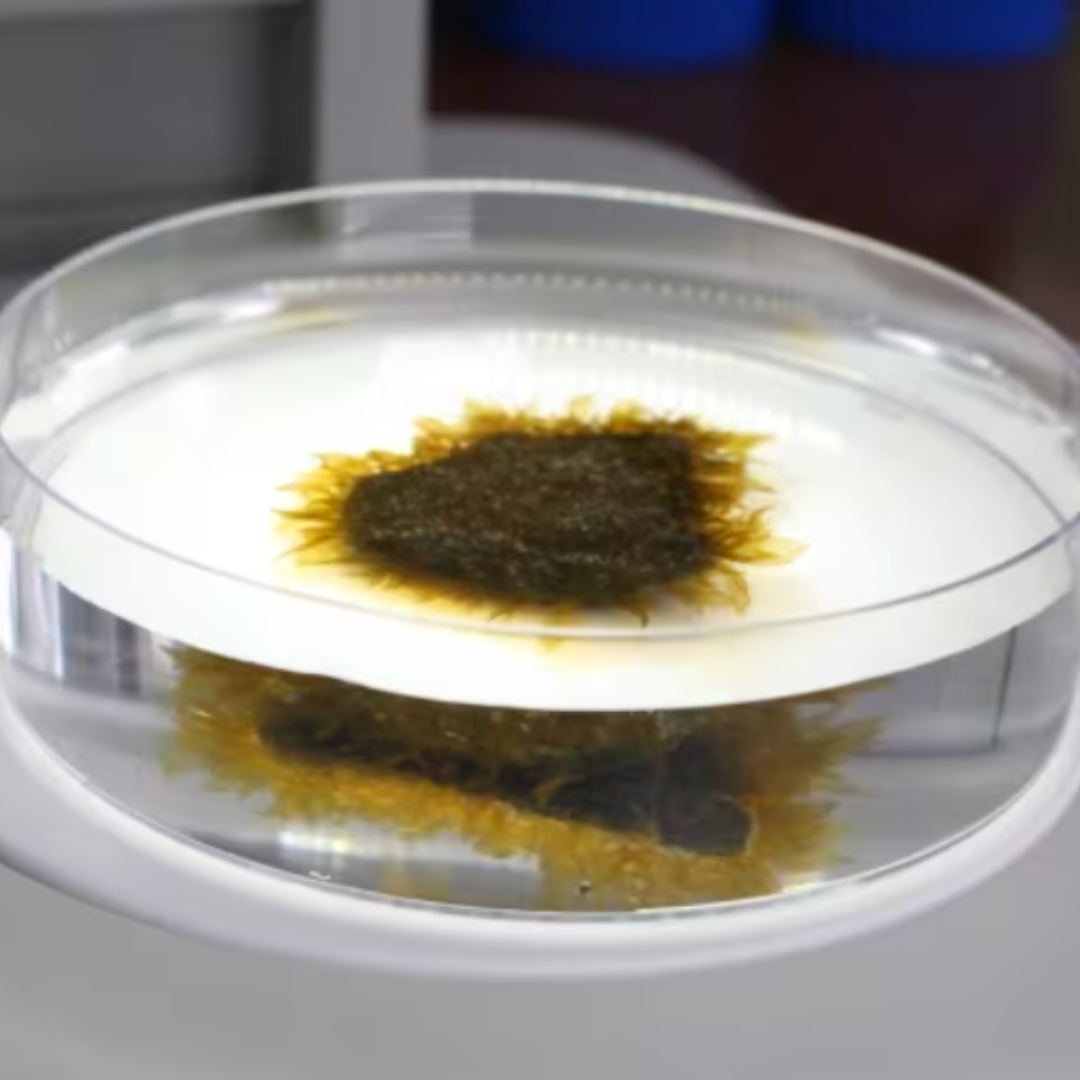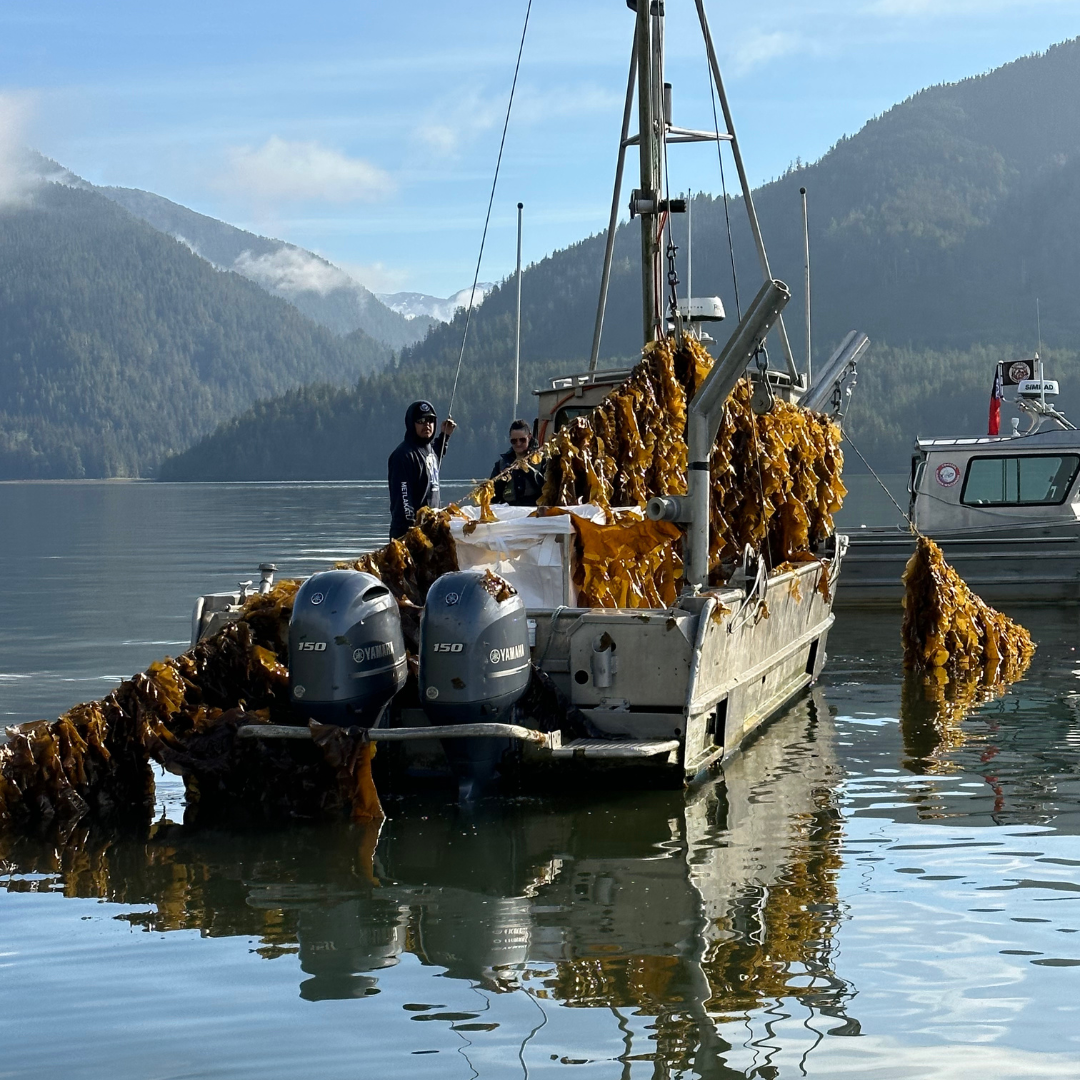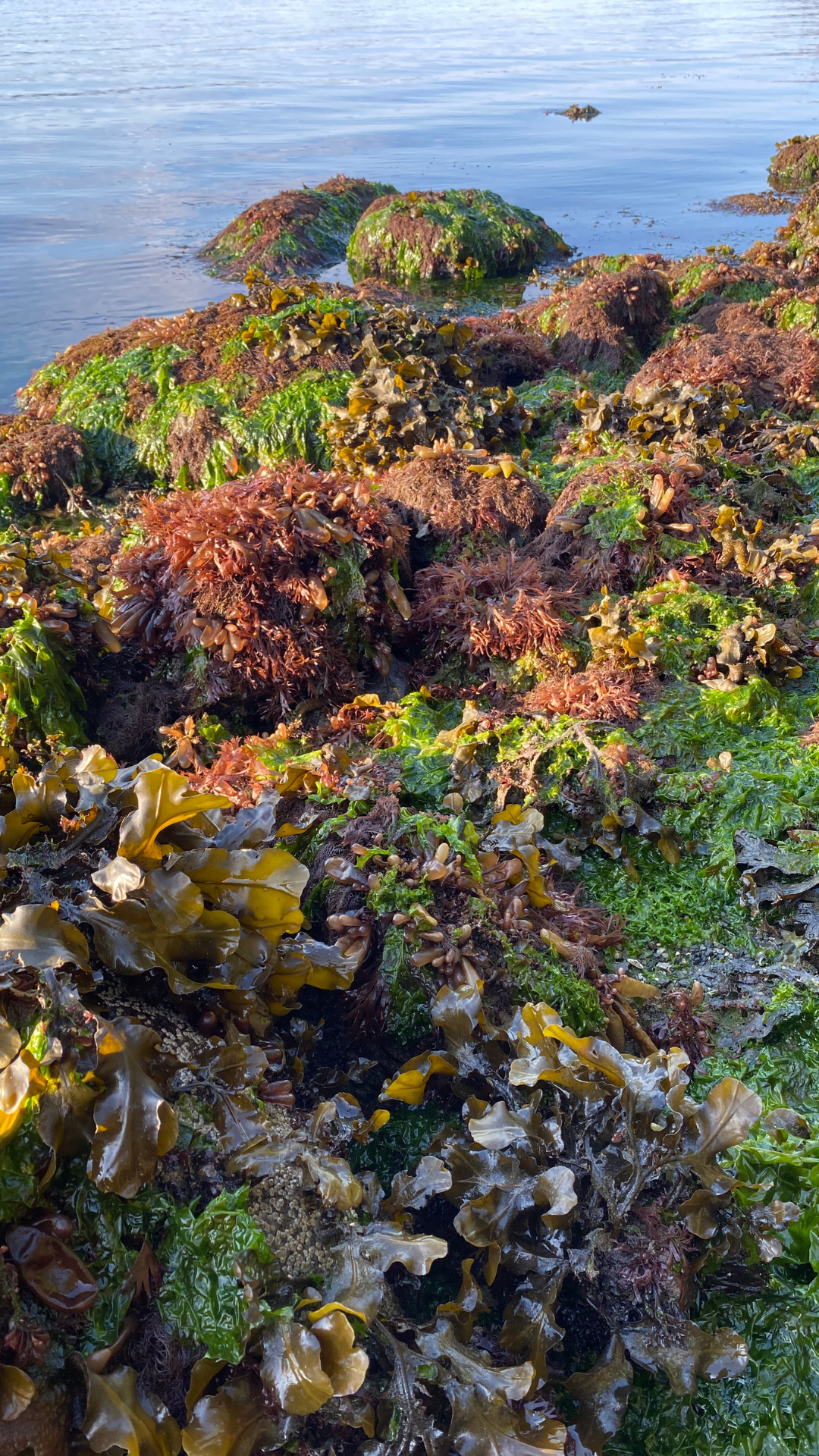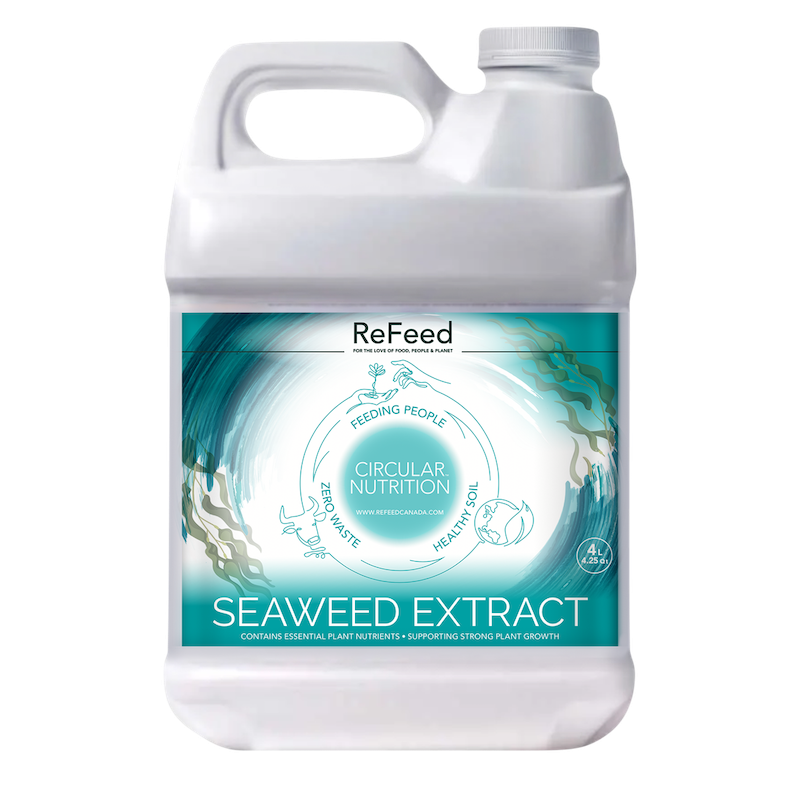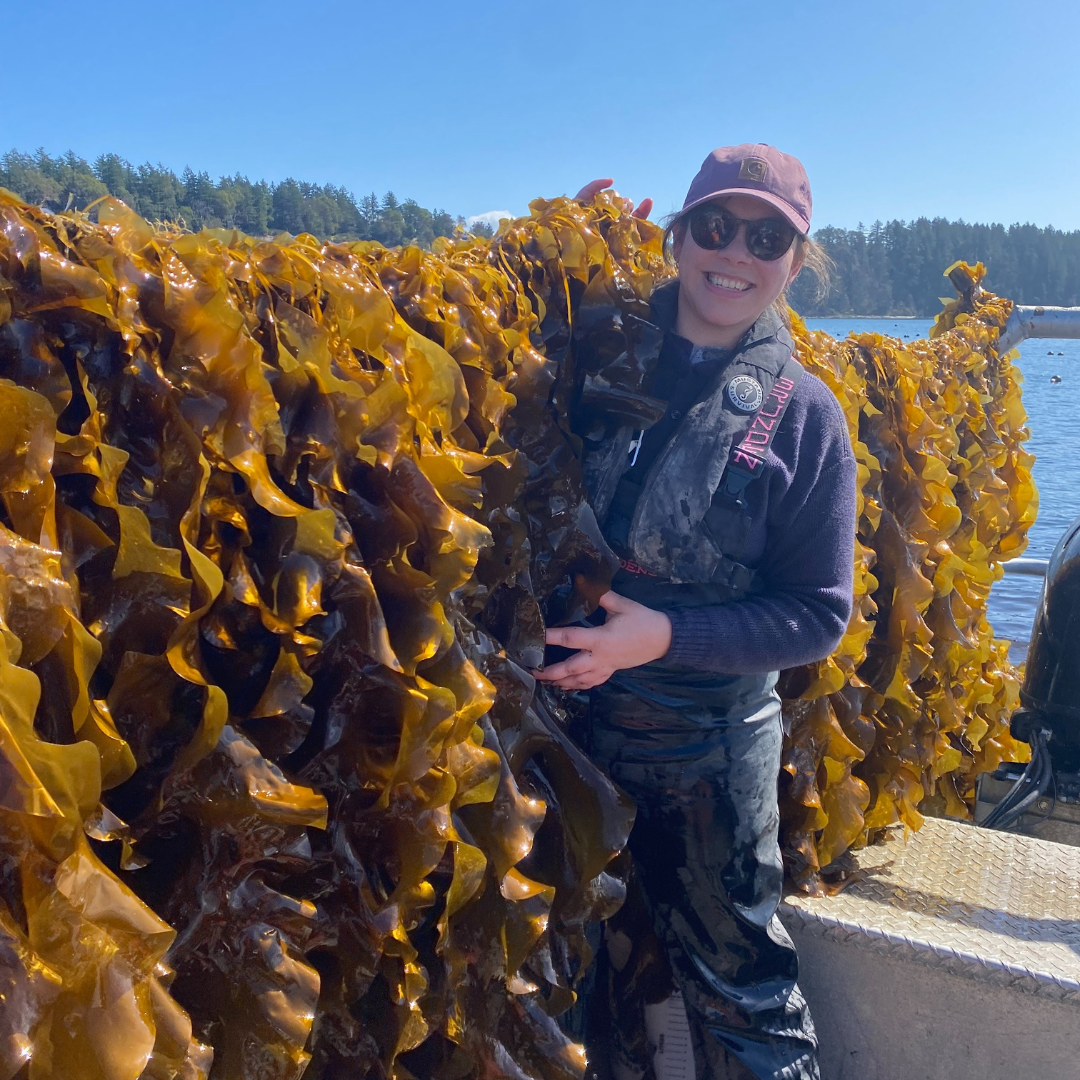At Cascadia Seaweed, we cultivate local species of seaweed and manufacture products for crop and cattle farmers.
From giant sea cucumbers to sea urchin Our waters are the envy of other countries for these five delicacies - Part 2
QUINN BENDER, LOCAL JOURNALISM INITIATIVE REPORTER
Dec. 6, 2020
https://www.cowichanvalleycitizen.com/news/you-want-me-to-eat-what-a-look-at-some-of-b-c-s-most-exotic-seafoods-2/
Giant Red Sea Cucumber
There are about 30 species of sea cucumber off the B.C. coast, but only the giant red is harvested commercially — three-million pounds of it in B.C. last year.
These creatures are soft, gelatinous tubes with leathery skin (contrary to their slimy appearance), a reddish-orange colour and rubbery yellow spikes. They can grow to about two-feet long and weigh up to two pounds.
Giant reds are a highly sustainable food hand picked from rocky shorelines and kelp beds, where they play a useful role breaking down dead organic matter. They have no true brain, but a ring of neural tissue surrounding the mouth.
The skins are often removed by harvesters for sale as a traditional Chinese medicine (for heart and kidney ailments), allowing at-home cooks to jump straight to the meal preparation with the meat, of which there is very little of in each animal. Once separated it has a less-intimidating appearance comparable to sliced chicken breast — pink-ish beige and smooth.
Some compare its texture to a scallop, yet noticeably more tender. The desired consistency in many Chinese recipies is somewhat more gelatinous while still remaining solid. The taste is neutral, or bland. But again, like chicken, this allows it to absorb the flavours of the dish. It’s popularly diced into stir fries, but as with scallops or prawns, it can be utilized in almost any manner imaginable by a willing cook.
Giant red sea cucumbers can be found in seafood markets across the Lower Mainland and online ordering sites for about $25 per pound.
Sea Urchin Roe
When it comes to sea urchin, the term ‘roe’ is really a euphemism for gonads (and has been falsely labeled by many cultures as an aphrodisiac). But don’t let that turn you away. Sea urchins have earned solid footing in the culinary world as a most satisfying, savoury custard of the sea.
The sea urchin, or more specifically the popular Pacific red sea urchin, lives in our shallow waters and rocky shores, feeding on seaweeds and algae. Its mouth is located on its underside and its anus at the top. Its hard spherical shell radiates with hundreds of sharp, defensive spines it can use as stilts to walk around the ocean floor.
Divers pick up the urchins by hand, making this another sustainable fishery with zero bycatch.
Inside the shell, it’s remarkably cavernous, mostly containing sea water, with a small stomach and digestive tract surrounded by five crescents of gold-coloured roe.
For eating, the shell is cut open with scissors and the roe spooned out. With a quick rinse in salted water it can be eaten on the spot in its purest form. It has a thick, buttery texture with a sweet and briny taste, and is high in protein but low in fat and calories. The uses of sea urchin roe are limitless: uni donburi (sushi), sea urchin stuffed calamari, sea urchin pasta, sea urchin teriyaki sauce, sea urchin on a cheese platter or added to a dollop of vanilla ice cream are but a few ideas to get you started. Many more can be found on the website for the Pacific Urchin Harvesters Association.
Sea urchin is widely available in restaurants and markets at affordable prices.
Seaweed
Seaweed may be the least challenging food for most to eat on this list, but it’s also the most overlooked considering there are 630 species in B.C. waters but we often only find it as a background flavour in a handful of dishes.
Seaweed production has doubled around the world in the past decade as a kind of miracle plant because it requires only seawater and sunlight to grow, provides habitat for other sea life, mitigates ocean acidification and acts as a powerful carbon sink that eclipses the capacity of land-based forests. It’s good for the planet but excellent for humans — we’re talking about protein, potassium, magnesium, Vitamin B12, iodine, omega-3 fatty acids, antioxidants, and loads of calcium.
Best of all is the taste, the deepest of umami flavours (with the possible exception to the darkest mushroom or black truffle) with the added kick of that salt-water sweetness.
If you’re just starting out with seaweed, try it in it’s dehydrated form and add it to seasonings, salads and soups. There are exceptional small-scale B.C. harvesters like Canadian Kelp and Dakini Tidal Wilds on Vancouver Island, and BC Kelp in Prince Rupert with an assortment of dried, locally-sourced varieties from pristine, government-licenced tenures.
Turning the industry on its head is Sidney-based Cascadia Seaweed. They’re the first operation to go into full-scale farming, building nurseries, investing in infrastructure and growing the sugar kelp, alaria and dulse varieties from seed to maturity. Cascadia’s primary focus is consumer packaged products — ready to eat seaweed snacks. They work in strict partnership with B.C. First Nations to share the economic opportunities and plan to have 500 hectares of B.C. farming tenure (1,000 football fields) in place by 2025, with the goal of becoming North America’s largest provider of ocean cultivated seaweed.
A sneak-peak of their spring product lanuch includes a seaweed jerky (with the texture of meat, but with that unmistakable salt and umami flavour) and of course seaweed salads (as a wet vegetable, seaweed has a firm, clean bite that’s slightly chewy but fresh within cool northern waters).
Whether dry, wet, or prepared, a little B.C. seaweed goes great with any of the seafoods mentioned in this series.
Experiment and enjoy.

C - 9774 Third Street Sidney British Columbia V8L 3A4
Email: info@cascadiaseaweed.com
Phone: 1-778-351-4484

9774 - C Third Street Sidney British Columbia V8L 3A4
Email: info@cascadiaseaweed.com
Phone: 1-778-351-4484

